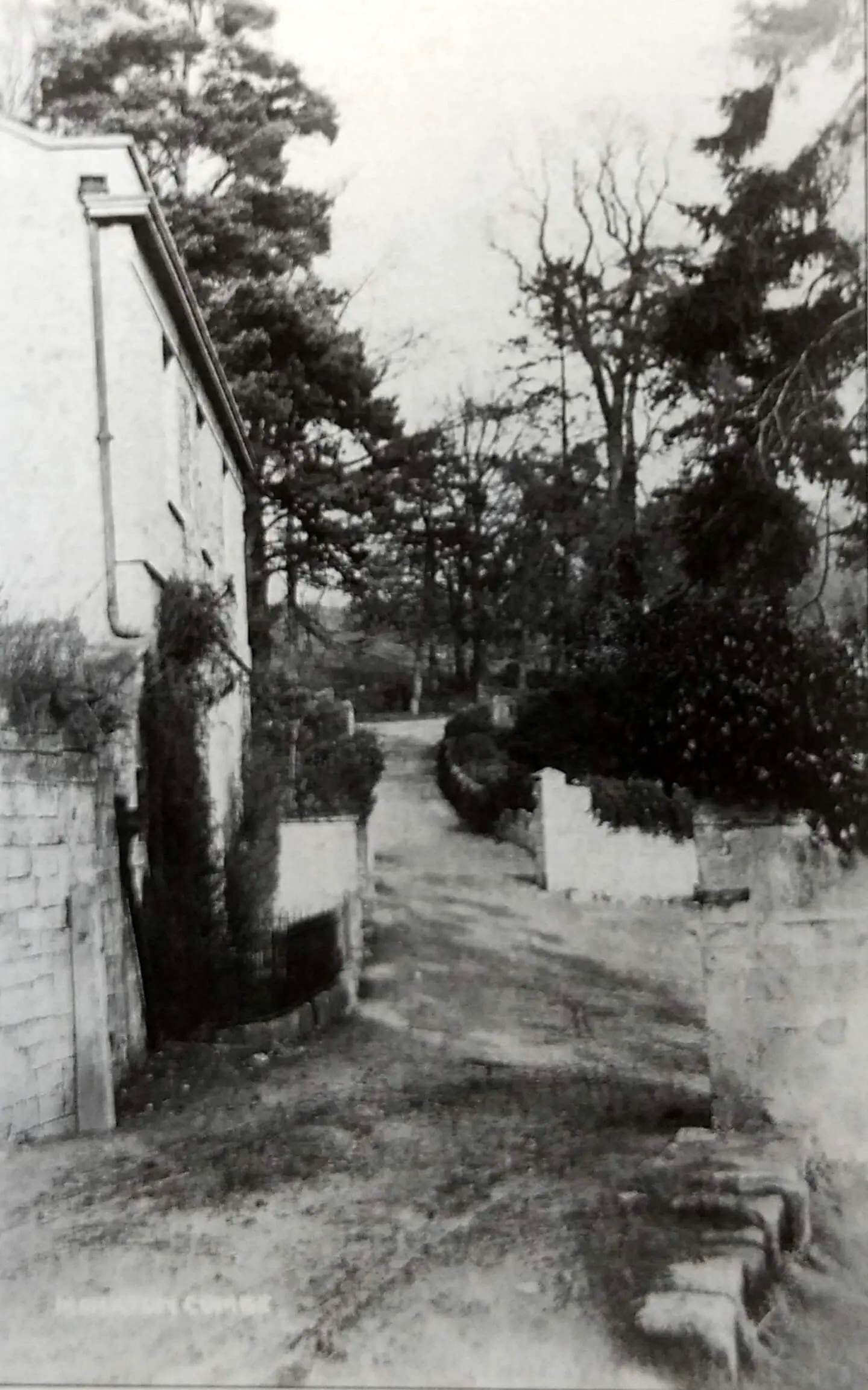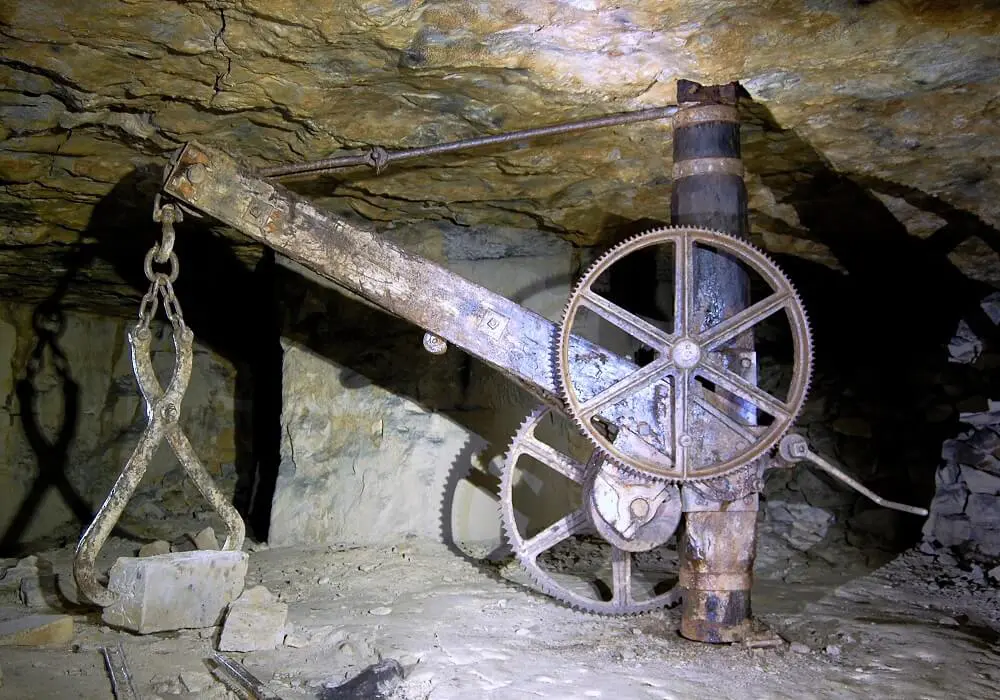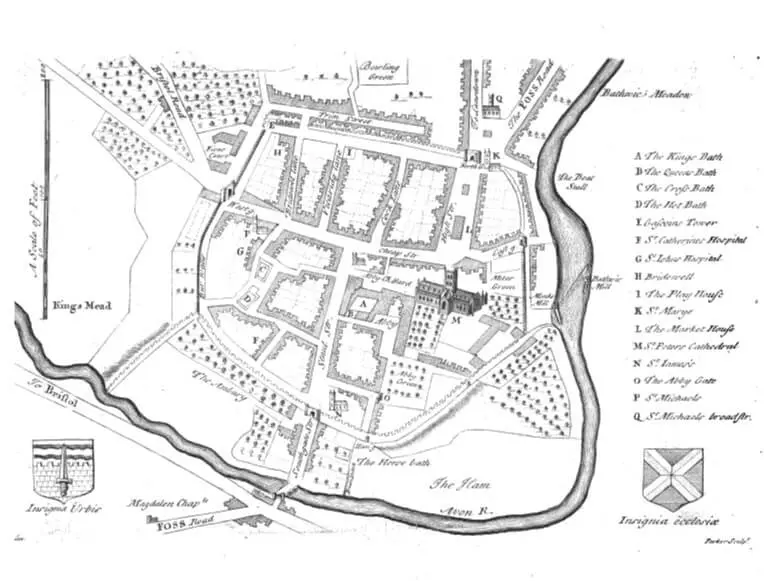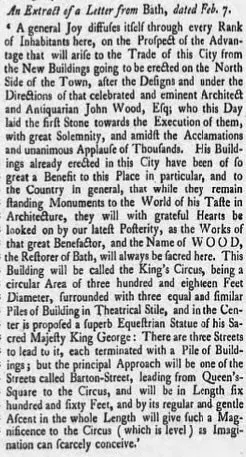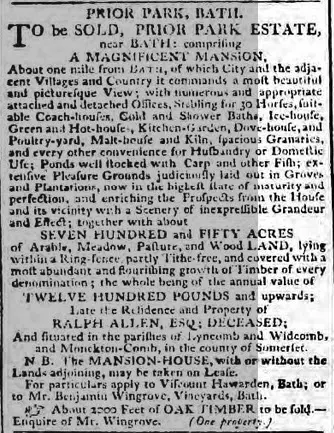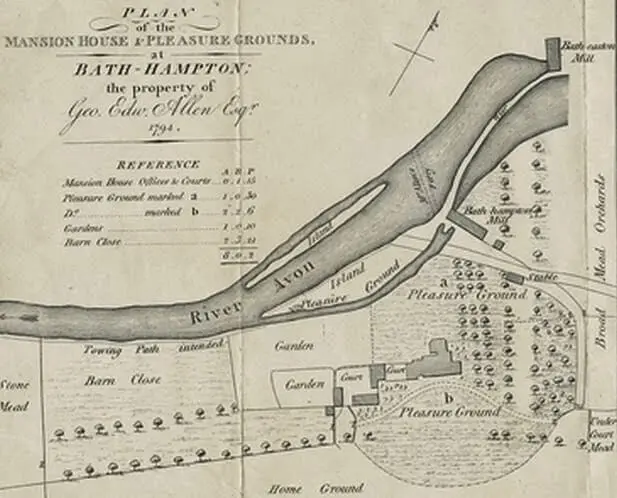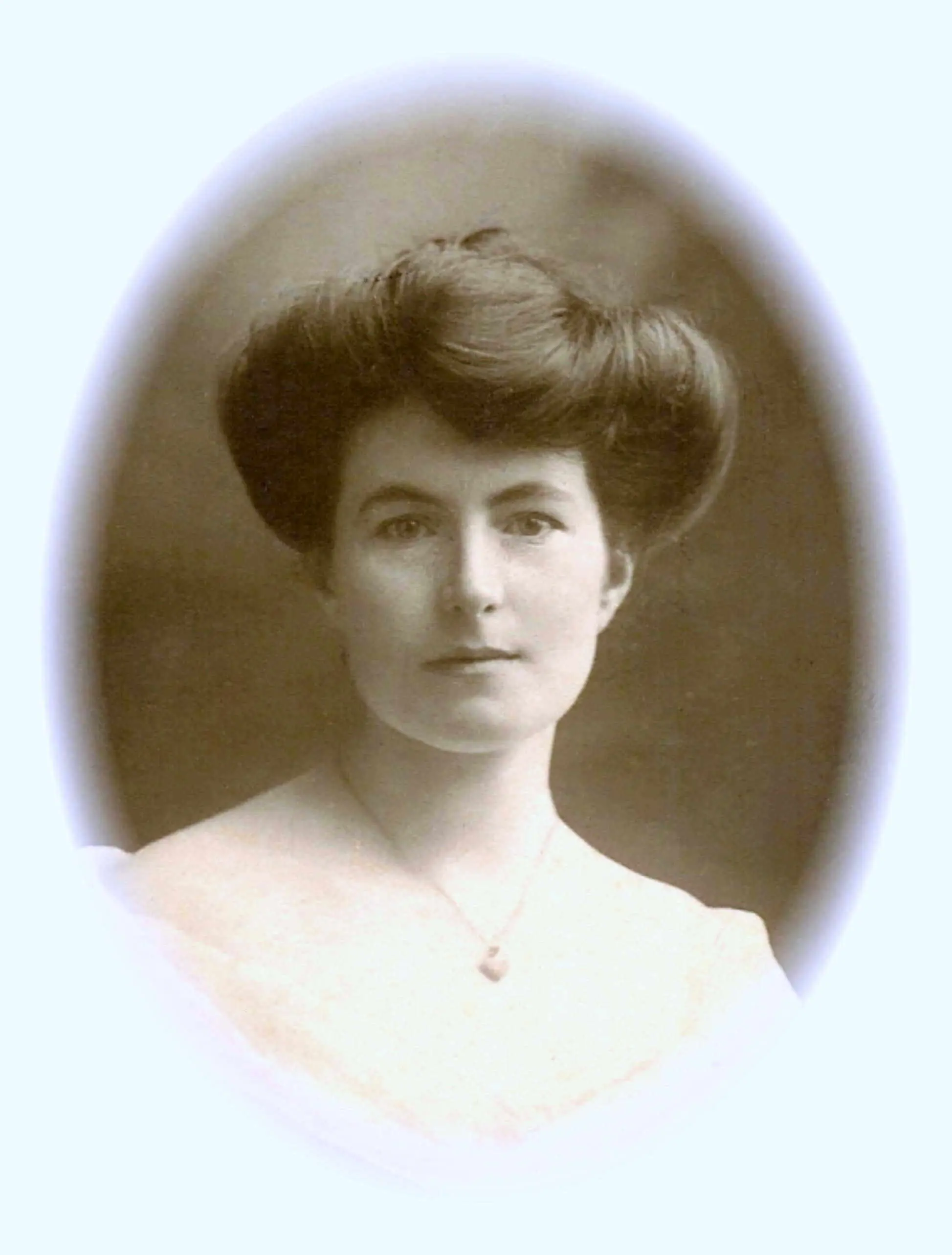
Following last month’s movers and shakers post I have discovered more Combe Down cousins that link them to other families who lived in the ‘big houses’.
Those are the Allen, Atherton, Bennett, Bryan, Cruttwell, Daubeney, Disney, Falkner, Fortt, Gabriel, Gore, Hope, Howard, Maude, Morley, Richardson, Vivian and Wingrove families who are mentioned on this site in numerous places
This post is probably best read with last month’s post open in another tab for easy reference as it’s all pretty complicated!
So, in no particular order let’s take a look at some more Combe Down cousins.
One of the mortgagees for 109 Church Road was Edward Langford (1777 – 1843). His grand daughter Caroline Charlotte Jane Langford (1840 – 1909) married the Ven Albert Basil Orme Wilberforce (1841 – 1916). Their son, Brig Gen Sir Herbert William Wilberforce KBE CB CMG (1866 – 1952) married Eleanor Catherine Micklem (1871 – 1956) and her great aunt Mary Micklem (1786 – 1849) had married Thomas Macaulay Cruttwell (1777 – 1848), whilst their son Thomas Cruttwell (1808 – 1881) had Glenburnie built for him. The Crutwells were linked to Richard Falkner (1796 – 1863), who had been a mortgagee for 115 & 177 Church Road via his brother Francis Henry Falkner (1786 – 1866) who’s son Robert Falkner (1811 – 1851) married Susanna Eykyn (1811 – 1883) in 1841. Susanna’s brother William Eykyn (1821 – 1884) married Fanny Mary Cruttwell(1839 – 1902) in 1865. It was her second marriage. Fanny was the daughter of Robert Cruttwell (1812 – 1858) whose older brother was Thomas Cruttwell (1808 – 1881) who had had Glenburnie built for him.
In 1831 Anne Falkner (1813 – 1886), the sister of Robert Falkner (1811 – 1851), married Charles Thomas Moule (1800 – 1865). His brother was Frederick Moule (1789 – 1843) who married Mary Gore (1795 – 1845). Her brother was Rev John Gurney Gore (1799 – 1871) who married Mary Eliza Hole (1812 – 1891) and their daughter Caroline Letitia Gore (1843 – 1920) was the third wife of Rev Reginald Guy Bryan (1819 – 1912), the Principal at Monkton Combe College.
Rev Alfred Richardson (1853 – 1925), who was vicar of Combe Down from 1902 – 1914, married Emma Leatham (1853 – 1925). Her great aunt Mary Leatham (1738 – 1820) was married to Thomas Howard (1736 – 1834) whose grandson was Rev Thomas Henry Howard (1804 – 1885) and whose great grandson Rev Richard Nelson Howard (1852 – 1932) was vicar of Combe Down from 1892 – 1897. In addition Rev Thomas Henry Howard (1804 – 1885) had another son Rev Charles Howard (1853 – 1928) who was married to Helen Gertrude Bryan (1860 – 1917) who was a daughter of Rev Reginald Guy Bryan (1819 – 1912), the Principal at Monkton Combe School. Charles and Gertrude started Monkton Combe Junior School at Combe Lodge in May 1888.
Rev John Clark Knott (1818 – 1907) lived at Combe Hill House. His brother William Henry Smith Knott (1804 – 1851) was married to Sabina Judith Bernard (1812 – 1861). Her cousin Sabina Pool Atherton (1828 – 1913) married Charles Henry Gabriel (1821 – 1900). Thus the knotts were related to the Atherton / Gabriel family and all the others.
Someone else who lived at Combe Hill House, as well as at Prior Park, was Edward Candler Brown (1732 – 1807). His mother was Mary Ryves (1703 – 1768) and her great uncle was Rev Jerome Ryves (d 1705) who was married to Ann Maude (b 1679), the sister of Sir Robert Maude (1677 – 1750) 1st Baronet Maude, the father of Cornwallis Maude, 1st Viscount Hawarden. He, of course was the husband of Mary Allen, Lady Maude (1732 – 1775), the daughter of Ralph Allen’s brother Philip Allen (1695 – 1765). It seems likely that this family connection was how Edward Candler Brown came to reside at Prior Park.
James Ledger Hill (1839 – 1912) lived at Combe Grove Farm. His wife wife Mary Tucker (1849 – 1931) was the daughter of William Henry Tucker (1814 – 1877) and his wife Emily Hannah Hendy (1815 – 1885) who lived at West Brow in the 1870s. James Ledger Hill’s daughter, Grace Hill (1881 – 1959) was married to Dermot Gun O’Mahony (1881 – 1960). His grandfather was Robert Gun Cuninghame (1792 – 1877) and one of his sons was Col Robert George Archibald Hamilton Gun Cuninghame (1818 – 1880) who married Isabella Tottenham (1817 – 1880), the daughter of Rt Rev Lord Robert Ponsonby Tottenham (1773 – 1850) and The Hon Alicia Maude (1782 – 1866), a daughter of Cornwallis Maude 1st Viscount Hawarden and his third wife Anne Isabella Monck Viscountess Hawarden (1759 – 1851) after whom Isabella Place is named.
So now to the the Allen, Atherton, Bennett, Bryan, Cruttwell, Daubeney, Disney, Falkner, Fortt, Gabriel, Gore, Hope, Howard, Maude, Morley, Richardson, Vivian and Wingrove families we can add the Candler, Hill, Knott, Langford, Tucker families who have been involved in the development of Combe Down or lived here for a reasonable period and show that all are inter-related.
Even more evidence of property, power, position and patronage being the cornerstone of the class system, at least in the 17th 18th and 19th centuries, because it’s “not what you know, but who you know”.


